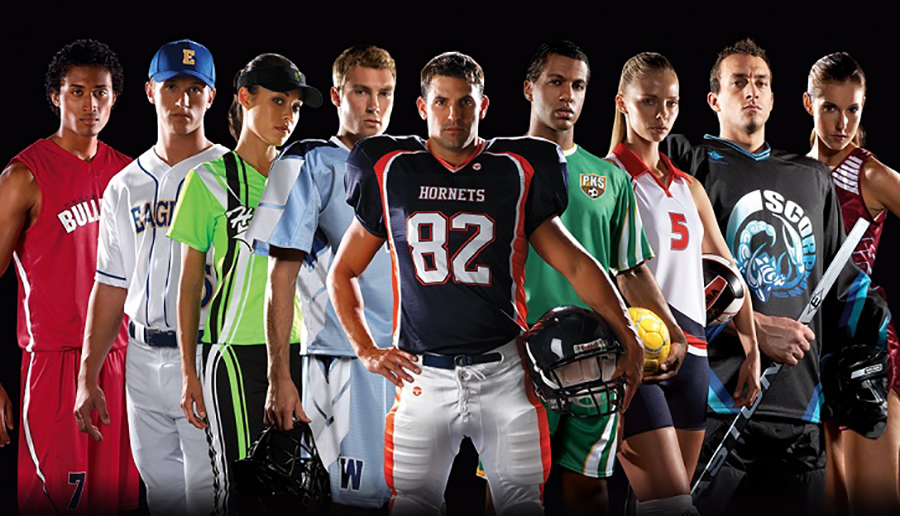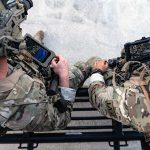The National Federation of State High School Associations (NFHS) has released guidance for its 51 member state high school associations to consider in re-opening high school athletics and other activity programs across the nation.
The guidance document was developed by the NFHS Sports Medicine Advisory Committee (SMAC), a 15-member advisory committee composed of medical doctors, certified athletic trainers, high school coaches and officials, research specialists and state high school association executives that regularly develops position statements related to medical aspects of conducting high school athletics.
In sharing the guidance document with state high school associations leaders, Michael Koester, M.D., chair of the NFHS SMAC, stressed that the guidance developed by the committee is intended as ideas for state associations to consider with their respective sports medicine committees and state health departments in designing return-to-activity plans that will be in accordance with state or local restrictions.
Similar to the manner in which different parts of the country have re-opened ahead of others due to containment levels of the virus, the guidance document was developed with the realization that there likely will be variation in what sports and activities are allowed to be played and held from one part of the country to another.
Along those same lines, the NFHS guidance document describes a staged approach to re-opening high school sports and other activities, similar to the phases of “opening up” outlined by the White House last month. The committee suggests that state high school associations consult with their state and local health departments for determining the appropriate dates for implementing a phased-in approach within their respective states.
“We are greatly indebted to the NFHS Sports Medicine Advisory Committee for its work in formulating this guidance for re-opening high school athletics and activities,” said Dr. Karissa Niehoff, NFHS executive director. “It is important to be clear that this is guidance for individual states to consider as they return to activities this fall. States will utilize the guidance in this document as it best fits their state after consulting with local and state health departments.”
The guidance developed for state associations suggests a possible sports breakdown for higher risk, moderate risk, and lower risk, with the basis for the breakdown tied to the potential exposure to respiratory droplets. As an example, the interaction of participants in higher-risk sports such as football and wrestling present more of a concern for transmission of the virus than lower-risk sports like individual running events and golf.
Examples of risks include:
- Higher Risk: Wrestling, football, boys lacrosse, competitive cheer, dance
- Moderate Risk: Basketball, volleyball*, baseball*, softball*, soccer, water polo, gymnastics* (if equipment can’t be sufficiently cleaned between competitors), ice hockey, field hockey, tennis*, swimming relays, pole vault*, high jump*, long jump*, girls lacrosse, crew with two or more rowers in shell, 7 on 7 football
(*Could potentially be considered “Lower Risk” with appropriate cleaning of equipment and use of masks by participants) - Lower Risk: Individual running events, throwing events (javelin, shot put, discus), individual swimming, golf, weightlifting, alpine skiing, sideline cheer, single sculling, cross country running (with staggered starts)
“We believe this guidance document will be a tremendous resource for our member state associations as they determine the timetables for re-opening sports and activities,” Niehoff said. “The NFHS Sports Medicine Advisory
Committee utilized recommendations from the Centers for Disease Control and Prevention (CDC), as well as some return-to-play considerations by the United States Olympic & Paralympic Committee (USOPC), in formulating this guidance document for re-opening athletics and other activities in our nation’s schools.”
The NFHS guidance document also addresses a possible progression for returning to activities, hygiene practices, transportation to and from events, social-distancing suggestions during contests and a tiered approach to who should be allowed to attend events.
The “Guidance for Opening Up High School Athletics and Activities” document can be accessed here.
















